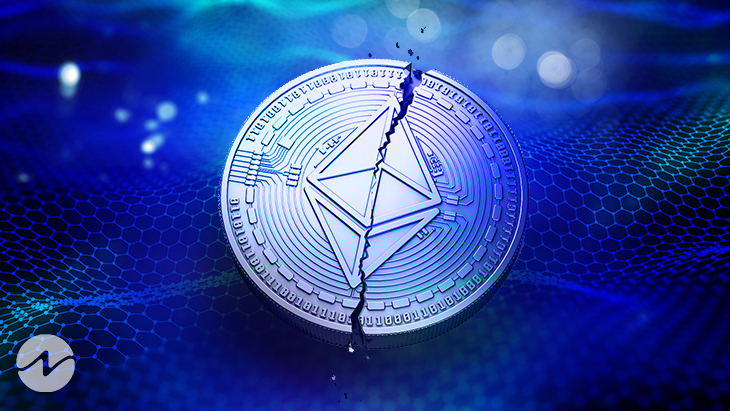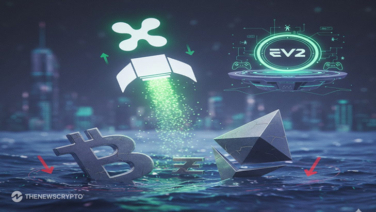- Ethereum lost around 62.81% from its all-time high of $4,891.70.
- Ethereum transactions will be much faster and cheaper on layer 2 blockchain.
- The new governance Token has launched on Tuesday.
In May, the second-largest cryptocurrency Ethereum (ETH) network had more than 1.2 million failed transactions. This shows an increase of 2% ( 200,000) of failed transactions in its history.
According to Blockchair a blockchain data analyst, 1,23,998 failed ETH transactions were registered in the previous month between May 1st to May 31st.
FUN FACT: According to Blockchair, 1,228,131 #Ethereum transactions failed in May.
— Watcher.Guru (@WatcherGuru) June 1, 2022
The Failed Transaction
When a transaction fails the funds that were supposed to be transferred remain in the sender’s wallet but the gas price is deducted. All transfers on the Ethereum network during the month of May were charged a gas fee, indicating that all failed transactions were paid for in gwei, a small denomination of ETH, depending on network load gwei conditions may change.
The largest gas fee charged for a failed transaction is 3.7 ETH, which was worth roughly $6723.97 at the time of writing. Transaction failures can occur for many reasons, such as when the wrong sender accepts the transaction or when someone tries to transfer negative funds or an Insufficient gas fee. Also, the technical qualities of the token itself might cause a logical flaw. This would be the case for ERC-20 tokens or tokens created under the Ethereum token standard.
In April itself about 1 million Ethereum transactions failed, and another million in March. Unfortunately, funds for gas fees are not returned to the sender in such failed transactions.
The launch of the Beacon Chain on the Ropsten test network (testnet) marked a huge milestone for Ethereum as it continues to set the foundation for its much-anticipated switch to proof-of-stake (PoS).








